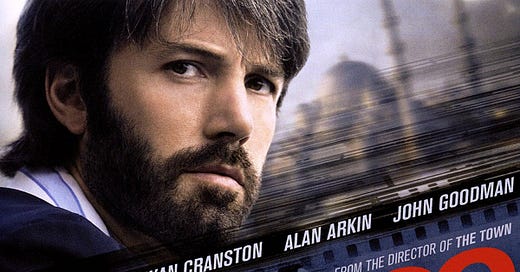US-Iran: once friends after CIA-led coup
A small dive into US-Iran relations as its evolved through history. I find it highly useful to put into perspective why the Iran is in its present state of affairs.
Context: Mohammad Mossadegh was a beloved figure in Iran, symbolizing resistance against western exploitation. He was a democratically elected PM. During his tenure, he introduced a range of social and economic policies, the most significant being the nationalization of the Iranian oil industry. Great Britain had controlled Iran's oil for decades through the Anglo-Iranian Oil Co. According to Stephen Kinzer, author of the book All the Shah's Men, US President Roosevelt bought off the Iranian press with bribes and circulated anti-Mossadegh propaganda. He recruited allies among the Islamic clergy, and he convinced the shah that Mossadegh was a threat.
The Diaspora Iranians who fled Iran after the Islamic Republic are generally pro-Pahlavi (the Shah) while local Iranians' view is rather mixed.
Meanwhile, current day Iranians dislike the Islamic Republic. In 2022, 22-year old Mahsa Amini died in police custody after being arrested for not wearing the headscarf. Subsequent protests saw 500+ protesters killed by state security forces. Iranian youths hope for regime change. "Iranians are caught between foreign firepower and a regime that simply doesn't care about them" per PBS. Under the current regime, there is constantly internet shutdowns and political dissidents are arrested.
[BBG] The Complex History of US-Iran Relations: A Visual Timeline
CIA-led coup d'etat. US backed a 1953 coup that ousted Mosaddegh - Iran’s nationalist prime minister - and reinstalled the monarch, Shah Mohammad Reza Pahlavi, who was sympathetic to the West. The British and American intelligence services joined forces to overthrow Mosaddegh in August 1953, in a covert operation called Operation Ajax. The aim was to retain access to cheap oil and discourage communist expansion.
Nuclear power plant provided by US. in 1957, The US signed an agreement to support Iran’s use of nuclear energy for civilian purposes Americans provided Iran with a 5-megawatt nuclear research reactor along with the enriched uranium needed to fuel it.
Shah bought US arms. In the late 1970s, the shah bought more than $16 billion in arms from the US, including F-14 fighter jets, after Nixon promised to sell to Iran any weapons except nuclear arms.
Islamic Revolution in 1979. Ayatollah Ruhollah Khomeini, who had become the symbolic leader of the revolution, returned from France after living in exile for 14 years over his opposition to the shah. Shah was wasteful and grew social inequality. The Islamic Revolution shifted Iran from a pro-West monarchy to an anti-West theocracy.
Political crisis with US in 1980. The US allowed the Shah to escape to US for medical treatment, Iranians were outraged, and stormed the US embassy to take hostages. RY: The movie ARGO highlights the hostage situation back in the days.
Iraq invades Iran. To take advantage of the instability. The US backed Iraq in the conflict, providing money, training and technology. UN brokered a truce a decade later.
JCPOA signed in 2013. In exchange for sanctions relief, Iran pledged that for 15 years it wouldn’t enrich uranium beyond 3.7%
Trump 1.0 withdraws from JCPOA in 2018. unilaterally withdrawing the US from the JCPOA, which he called the “worst deal ever.” He restored the sanctions on Iran that had been lifted under the nuclear pact and pursued what he called a “maximum pressure” strategy designed to drive the country’s oil exports to zero.
Terrorist designation in 2019. US designated the Islamic Revolutionary Guard Corps, Iran’s most powerful military institution, a terrorist organization. General Qassem Soleimani assassinated in 2020.
Isreal strikes first in 2025, The US and Iran were due to hold a sixth round of discussions in mid-June when Israel launched airstrikes targeting Iran’s nuclear program. The US then joined Israel’s offensive, striking three key Iranian nuclear facilities, including Fordow and Natanz, and deploying its most powerful “bunker-buster” bomb



